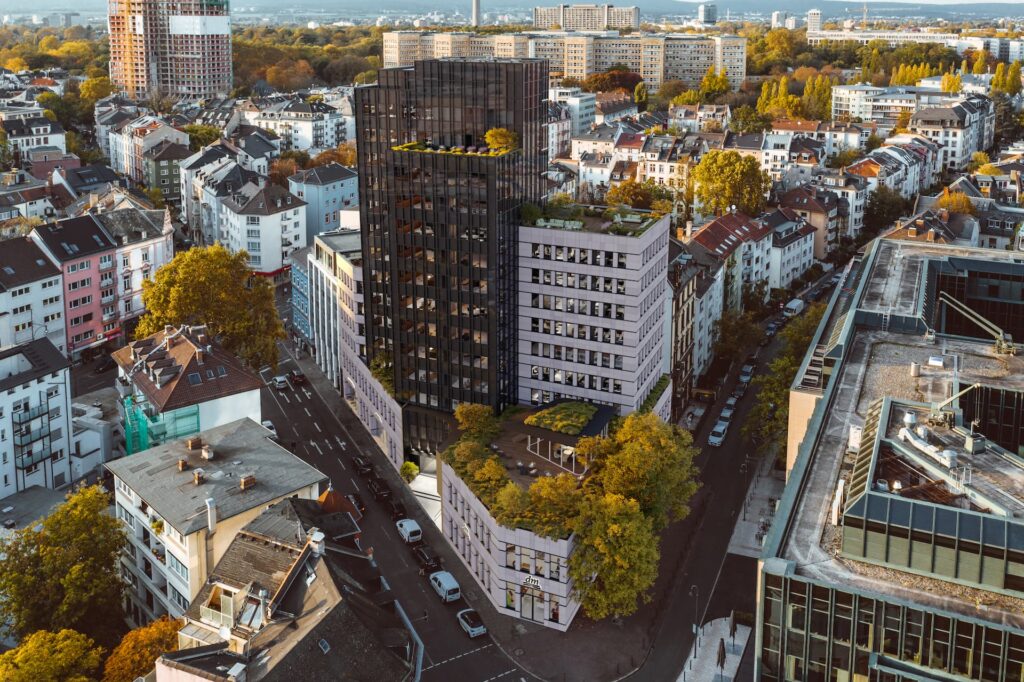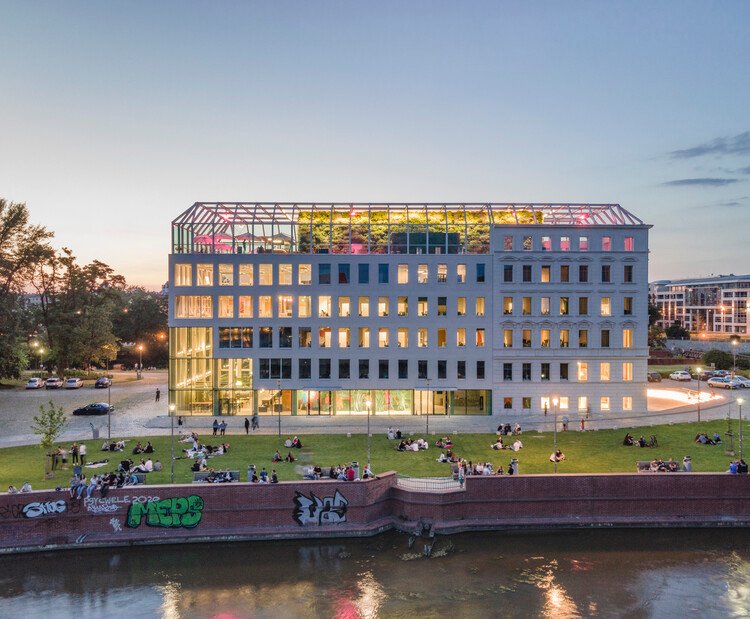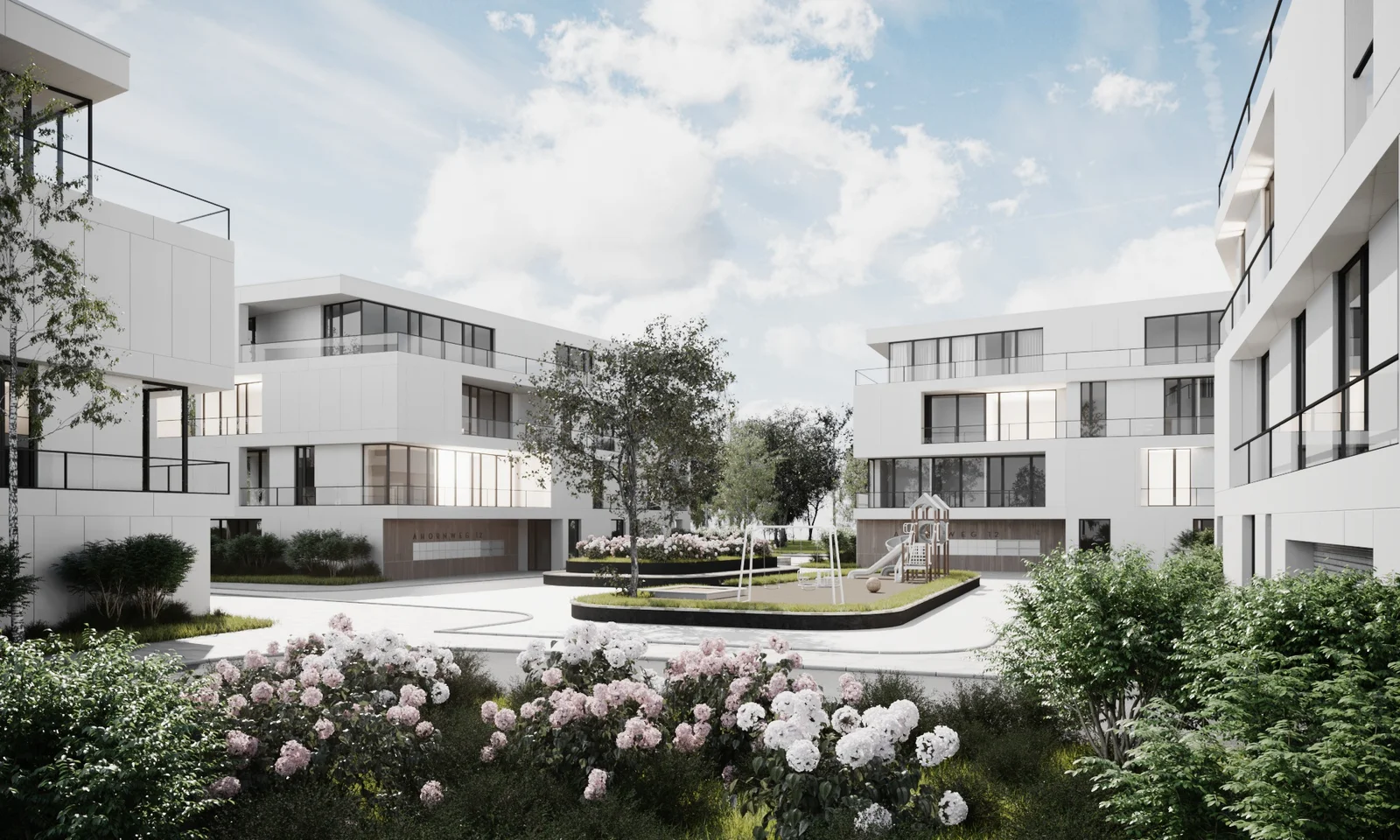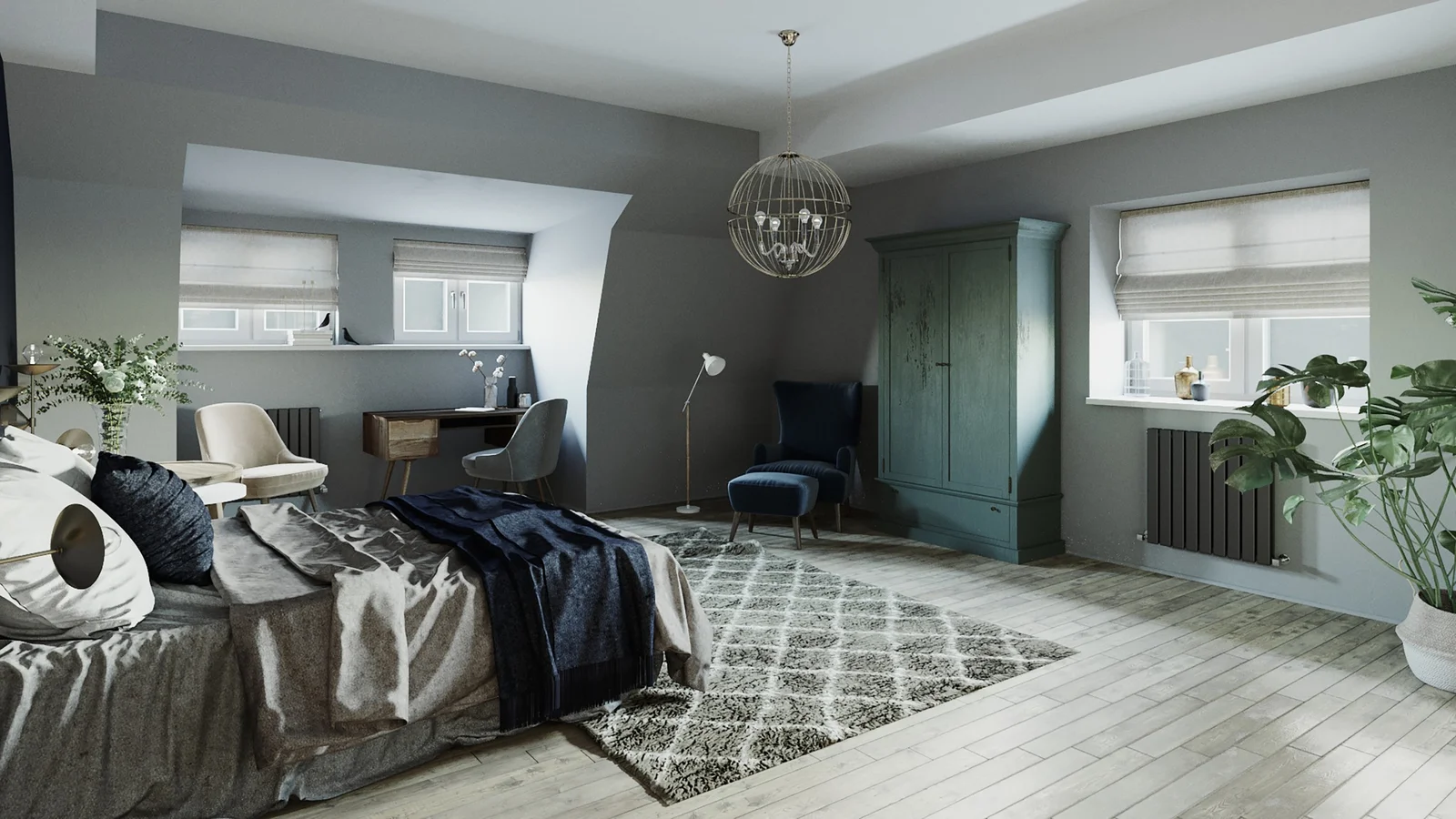Creating Hyper-Realistic Reflections for Bathroom Renders
When it comes to 3D rendering, attention to detail is key. The quality of your renderings can make or break a client’s perception of the proposed design. One of the most challenging aspects of this process is creating hyper-realistic reflections, especially in bathroom renders where mirrors and glossy surfaces abound. In this blog post, we will delve into techniques for creating stunning, lifelike reflections that can elevate your bathroom renderings to a whole new level.
Understanding the Basics of Reflections in 3D Rendering
Before diving into the specifics of creating hyper-realistic reflections for bathroom renders, it’s crucial to grasp the basic concept of reflections in 3D rendering. A reflection is essentially a mirror image, showing the image of another object on a shiny surface. The type of reflection and its quality can vary greatly depending on the surface properties and the lighting conditions.
The Role of Surface Properties
The surface properties of the object play a significant role in determining the type of reflection. For instance, a smooth and shiny surface like a mirror or polished marble will produce a clear, sharp reflection. On the other hand, a rough or textured surface like wood or concrete will produce a blurred or diffused reflection.
The Impact of Lighting Conditions
Lighting conditions also greatly affect the quality of the reflection. The angle and intensity of the light source, the color of the light, and the presence of other objects can all impact how a reflection looks. Therefore, when creating reflections in your renderings, it’s important to accurately replicate the lighting conditions of the scene for the most realistic effect.
Key Elements of Creating Hyper-Realistic Reflections for Bathroom Renders
When it comes to creating hyper-realistic reflections for bathroom renders, there are several key elements to consider. These can make or break the overall impression of your final design. Let’s delve into these aspects to ensure your bathroom renderings stand out in terms of quality and realism.
Understanding Material Properties
The first step in creating hyper-realistic reflections is understanding the properties of the materials you are working with. Different materials reflect light differently. For instance, shiny surfaces like mirrors and polished steel will have sharp, clear reflections, while more matte surfaces like stone or wood will reflect light in a more diffused, soft way. Knowing how each material interacts with light will allow you to create more realistic reflections in your bathroom renders.
Utilizing High-Quality Textures
The use of high-quality textures is crucial for achieving hyper-realistic reflections. These textures not only add depth and detail to your surfaces but also influence how light is reflected. High-resolution textures can accurately simulate the irregularities found on real-world surfaces, enhancing the overall realism of your bathroom renderings.
Implementing Accurate Lighting
Accurate lighting is essential in creating convincing reflections. Pay close attention to the source of your light and how it interacts with your surfaces. Consider factors like the intensity, color, and direction of light. Remember, reflections are simply light bouncing off a surface. Therefore, how you illuminate your scene will dramatically impact the quality of your reflections.
Techniques for Rendering Realistic Reflections
Now that we’ve covered the basic elements, let’s move on to some specific techniques you can use in your workflow. These methods can help you create reflections that truly mimic reality.
Using Ray Tracing for Reflections
One of the most effective techniques for creating hyper-realistic reflections is ray tracing. This technology simulates the physical behavior of light, allowing for accurate reflections. While it can be more computationally demanding, the results are often worth the extra effort.
Applying HDR Environment Maps
HDR environment maps can be a powerful tool for creating realistic reflections. These maps capture a 360-degree view of a scene, including the lighting conditions, which can then be used to generate reflections in your renderings. This technique can be especially useful for creating reflections on complex or curved surfaces.
Experimenting with Glossiness and Roughness Values
By adjusting the glossiness and roughness values of your materials, you can control the clarity and sharpness of your reflections. Lower values will result in blurry, diffused reflections, while higher values will create sharp, mirror-like reflections. Experiment with these settings to find the right balance for each material in your bathroom render.
The Importance of Post-Processing for Hyper-Realistic Reflections
Finally, after all the rendering is done, post-processing can be your secret weapon for enhancing your reflections and adding that final touch of realism.
Adding Depth with Color Correction
Color correction can help enhance the depth and contrast in your reflections. By adjusting the highlights, midtones, and shadows, you can make your reflections pop and look more three-dimensional.
Using Blur for Realism
Sometimes, perfectly sharp reflections can look a bit unrealistic. Adding a slight blur in post-processing can help soften your reflections and make them look more natural. Just be careful not to overdo it – a little goes a long way.
Incorporating Grading for Mood
Grading can dramatically influence the mood of your final image. By adjusting the color balance and saturation, you can make your bathroom render feel warm and inviting or cool and modern. This can be especially impactful in reflections, adding an extra layer of depth and emotion to your design.
By implementing these elements, techniques, and post-processing strategies, you’ll be well on your way to creating hyper-realistic reflections for your bathroom renders. Remember, the key is to experiment, practice, and continually refine your skills. Happy rendering!
Key Elements of Creating Hyper-Realistic Reflections for Bathroom Renders
When it comes to creating hyper-realistic reflections for bathroom renders, there are several key elements to consider. These can make or break the overall impression of your final design. Let’s delve into these aspects to ensure your bathroom renderings stand out in terms of quality and realism.
Understanding Material Properties
The first step in creating hyper-realistic reflections is understanding the properties of the materials you are working with. Different materials reflect light differently. For instance, shiny surfaces like mirrors and polished steel will have sharp, clear reflections, while more matte surfaces like stone or wood will reflect light in a more diffused, soft way. Knowing how each material interacts with light will allow you to create more realistic reflections in your bathroom renders.
Utilizing High-Quality Textures
The use of high-quality textures is crucial for achieving hyper-realistic reflections. These textures not only add depth and detail to your surfaces but also influence how light is reflected. High-resolution textures can accurately simulate the irregularities found on real-world surfaces, enhancing the overall realism of your bathroom renderings.
Implementing Accurate Lighting
Accurate lighting is essential in creating convincing reflections. Pay close attention to the source of your light and how it interacts with your surfaces. Consider factors like the intensity, color, and direction of light. Remember, reflections are simply light bouncing off a surface. Therefore, how you illuminate your scene will dramatically impact the quality of your reflections.
Techniques for Rendering Realistic Reflections
Now that we’ve covered the basic elements, let’s move on to some specific techniques you can use in your workflow. These methods can help you create reflections that truly mimic reality.
Using Ray Tracing for Reflections
One of the most effective techniques for creating hyper-realistic reflections is ray tracing. This technology simulates the physical behavior of light, allowing for accurate reflections. While it can be more computationally demanding, the results are often worth the extra effort.
Applying HDR Environment Maps
HDR environment maps can be a powerful tool for creating realistic reflections. These maps capture a 360-degree view of a scene, including the lighting conditions, which can then be used to generate reflections in your renderings. This technique can be especially useful for creating reflections on complex or curved surfaces.
Experimenting with Glossiness and Roughness Values
By adjusting the glossiness and roughness values of your materials, you can control the clarity and sharpness of your reflections. Lower values will result in blurry, diffused reflections, while higher values will create sharp, mirror-like reflections. Experiment with these settings to find the right balance for each material in your bathroom render.
The Importance of Post-Processing for Hyper-Realistic Reflections
Finally, after all the rendering is done, post-processing can be your secret weapon for enhancing your reflections and adding that final touch of realism.
Adding Depth with Color Correction
Color correction can help enhance the depth and contrast in your reflections. By adjusting the highlights, midtones, and shadows, you can make your reflections pop and look more three-dimensional.
Using Blur for Realism
Sometimes, perfectly sharp reflections can look a bit unrealistic. Adding a slight blur in post-processing can help soften your reflections and make them look more natural. Just be careful not to overdo it – a little goes a long way.
Incorporating Grading for Mood
Grading can dramatically influence the mood of your final image. By adjusting the color balance and saturation, you can make your bathroom render feel warm and inviting or cool and modern. This can be especially impactful in reflections, adding an extra layer of depth and emotion to your design.
By implementing these elements, techniques, and post-processing strategies, you’ll be well on your way to creating hyper-realistic reflections for your bathroom renders. Remember, the key is to experiment, practice, and continually refine your skills. Happy rendering!







